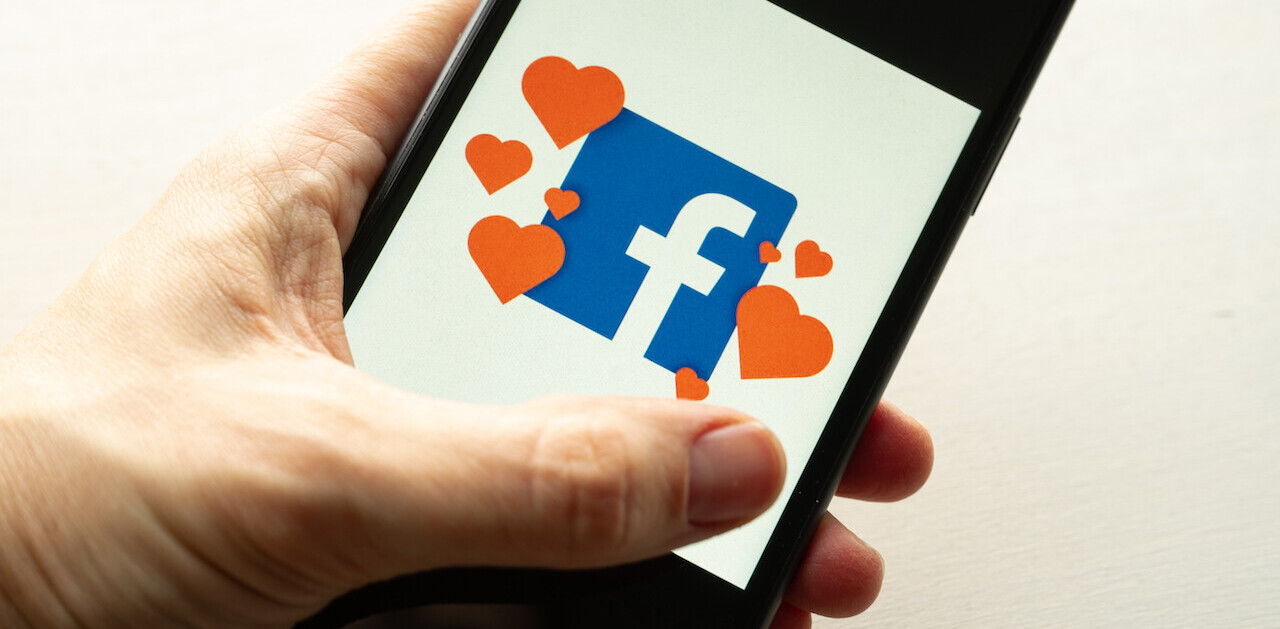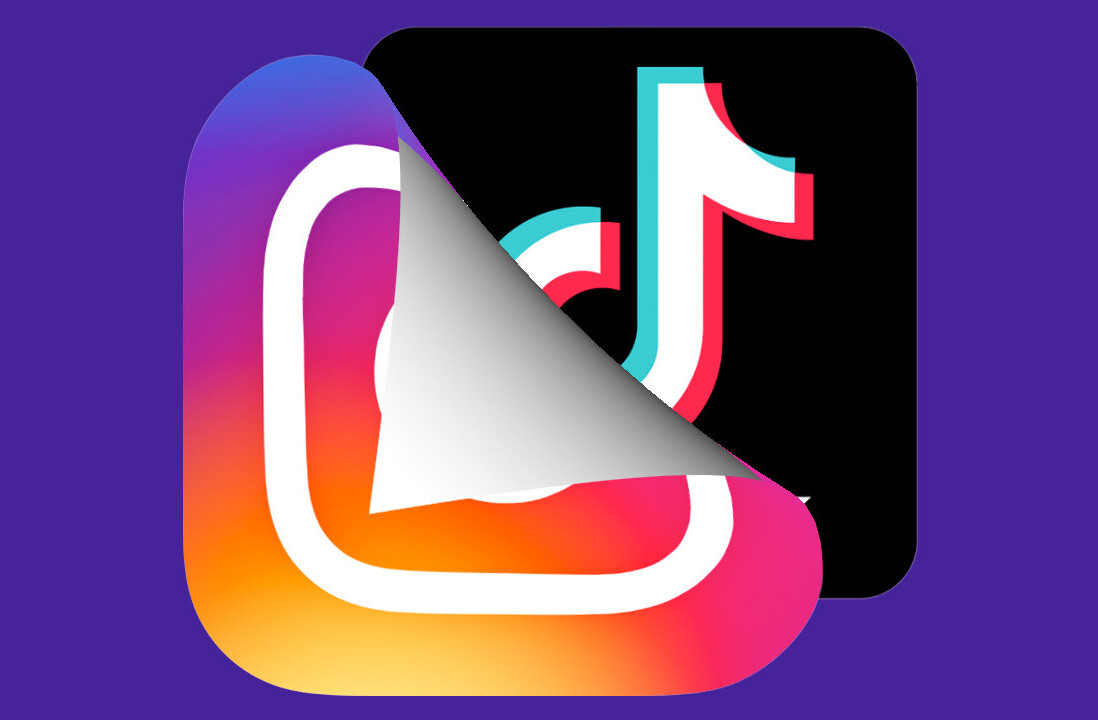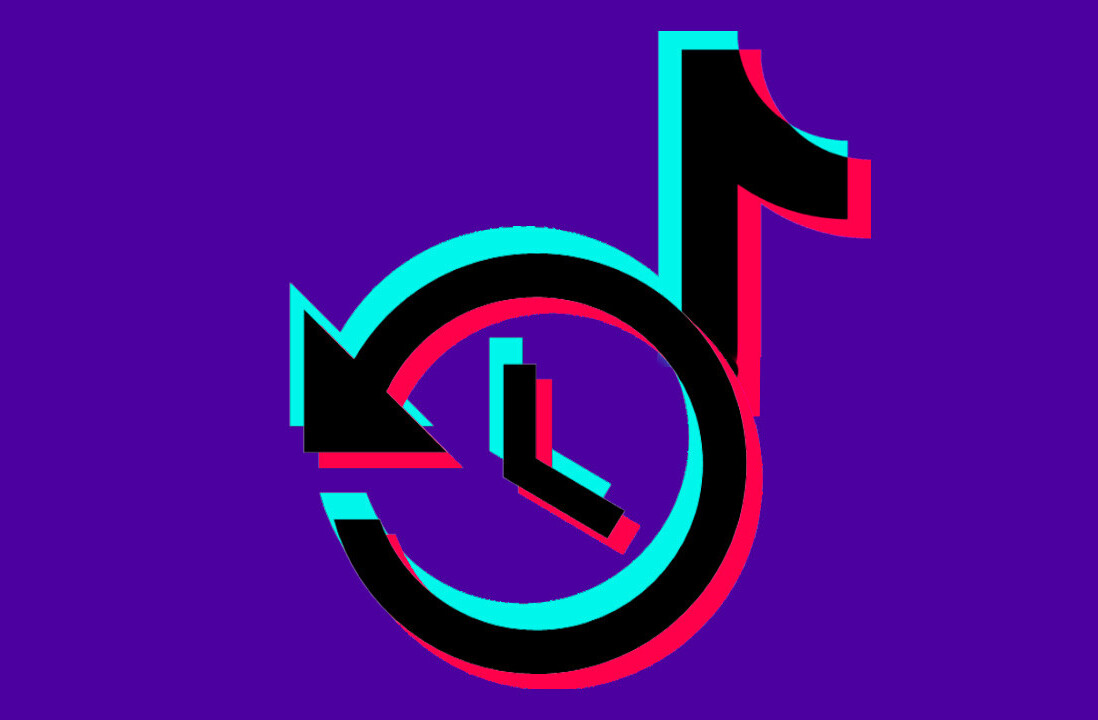
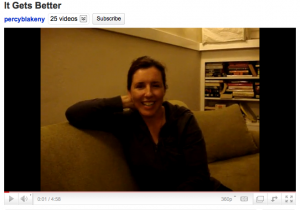 Khris Brown had death threats when she was a teenager. People threw garbage at her. Her books were torn apart. She was threatened with rape. But unlike many of the gay teens who attend high school and middle school today, she didn’t have access to YouTube. The 40-year-old voice director experienced all these excruciating instances of verbal and physical abuse in the 80s, well before the advent of the web as we currently know it. While she roamed high school hallways infested with group-initiated cruelty she likely wondered if it would get worse, not realizing that 25 years later a popular newspaper columnist would launch a campaign to inform girls like her that it does, in fact, get better.
Khris Brown had death threats when she was a teenager. People threw garbage at her. Her books were torn apart. She was threatened with rape. But unlike many of the gay teens who attend high school and middle school today, she didn’t have access to YouTube. The 40-year-old voice director experienced all these excruciating instances of verbal and physical abuse in the 80s, well before the advent of the web as we currently know it. While she roamed high school hallways infested with group-initiated cruelty she likely wondered if it would get worse, not realizing that 25 years later a popular newspaper columnist would launch a campaign to inform girls like her that it does, in fact, get better.
It has been more than three weeks since Dan Savage launched his “It Gets Better” YouTube campaign, in which adult members of the LGBT community post videos detailing their own experiences getting picked on in high school and explaining how life got better once they shed the skin of adolescent cruelty and embraced those who would accept them for who they were. The campaign’s goal is to stem the flow of gay teen suicides, a trend that activists claim is a growing epidemic.
But will the campaign actually work? Is there a gay or transgendered teen out there who will watch one of these videos right before he’s driven over the edge? It may be several years before we know the answer to this question — if it does work, someone whose life was saved will likely write about the experience — but many of the people who posted their own videos on YouTube have told me that this kind of project would have been very influential in their own lives if it would have been initiated during their adolescence.
“I think it would have been amazing,” Brown told me in a phone interview. “I think it would have made me feel less alone.” She described the emotions she felt as she watched several other videos that were uploaded to the site, sometimes crying when another gay person described a particular experience that mirrored her own. It was this very camaraderie that drove her to post her own video.
“People will change,” she tells the camera from the couch in her living room. “People will rise up to meet you. People that I knew in high school — some people who even said the worst things to me have contacted me on Facebook and said, ‘You’re so brave, and if I didn’t know you, I wouldn’t have known anyone who was gay, and you were the first person I ever knew who was gay, and it changed my world view.’ They say that now, but these were the people who threatened to kill me when I was a teenager. If I had made the choice at that time to end the pain I was going through, I wouldn’t have had the satisfaction of having them write me on Facebook. But more importantly, they wouldn’t have had the opportunity, regardless of how scared they were, to know someone who was different.”
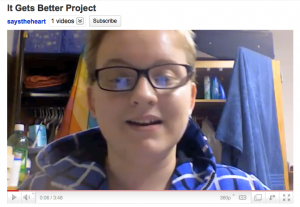 AJ Duncan, a 21-year-old college student in Long Island, told me that even though he went to a school that’s more accepting of LGBT students than most (it has its own LGBT group), he was the only transgender kid; watching an “It Gets Better” video, he said, would have made his adolescence much more bearable. “I think it would give a sense that there is actually a community out there and that there are real people that have been through the same things as you,” he said. “There was this vague sense that there were other trans people out there somewhere, but they didn’t really have names or faces. I knew that they had to exist, but I didn’t know anything about them or how to find them or what they were like. If you see different people around the country who were talking about their experience and how they survived it I think it would have been really really powerful. Just because it gives you that kind of hope, that if you make it through then this is what will happen. You can end up married and happy and having kids — or finding a community — not being the only one anymore.”
AJ Duncan, a 21-year-old college student in Long Island, told me that even though he went to a school that’s more accepting of LGBT students than most (it has its own LGBT group), he was the only transgender kid; watching an “It Gets Better” video, he said, would have made his adolescence much more bearable. “I think it would give a sense that there is actually a community out there and that there are real people that have been through the same things as you,” he said. “There was this vague sense that there were other trans people out there somewhere, but they didn’t really have names or faces. I knew that they had to exist, but I didn’t know anything about them or how to find them or what they were like. If you see different people around the country who were talking about their experience and how they survived it I think it would have been really really powerful. Just because it gives you that kind of hope, that if you make it through then this is what will happen. You can end up married and happy and having kids — or finding a community — not being the only one anymore.”
Perhaps the most convincing argument that the videos will give comfort to teens is that it does so for the adults who view and produce them.
“It’s the feeling of kinship,” Duncan said. “It’s hearing people’s thoughts about their experiences, to which I can say, ‘Yes I know exactly what it feels like.’ Or, ‘Yes, that happened to me too. I went through it.’ There’s sort of the feeling of understanding. That what I went through, so many other people have also gone through.”
So in some ways, the videos are not only a venue for these adults to inform teens that their demons will one day be behind them, but a method of confronting and addressing the video-makers’ own demons as well.
Get the TNW newsletter
Get the most important tech news in your inbox each week.
